Our top pick for
24/5 trading
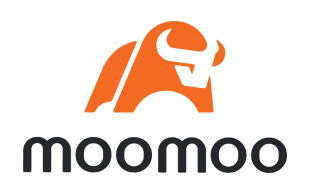
Buying international shares from Australia is as simple as signing up to an online share trading platform that offers global stocks.
But while 83% of Australians have bought Australian stocks, less than 30% have invested in US stocks, and only 6% have invested in UK stocks, according to Finder research.1
Thankfully we're here to help take you through the process of buying international shares (and everything else you'll need to be aware of).
Our top pick for
24/5 trading

Our top pick for
Copy trading
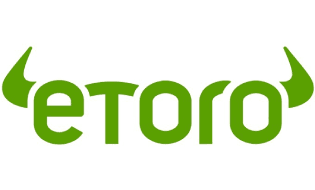
Our top pick for
Mobile app
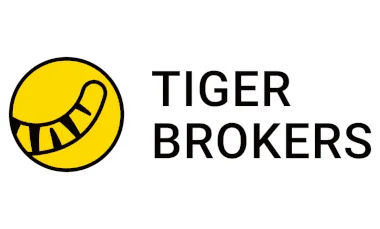
If you want to buy international shares, you'll need to find a trading platform that gives you access to foreign markets. Naturally, not all trading platforms are created equal.
Check out some of the main platform features below and then compare your options with our trading platform comparison table.
We currently don't have that product, but here are others to consider:
How we picked theseImportant: Share trading can be financially risky and the value of your investment can go down as well as up. “Standard brokerage” fee is the cost to trade $1,000 or less of ASX-listed shares and ETFs without any qualifications or special eligibility. If ASX shares aren’t available, the fee shown is for US shares. Where both CHESS sponsored and custodian shares are offered, we display the cheapest option.
Make sure the platform you're signing up to actually offers the stocks you want to buy. This sounds obvious but signing up to a global trading platform won't automatically get you access to all foreign markets.
The big ones are the US exchanges like the New York Stock Exchange (NYSE) and the National Association of Securities Dealers Automated Quotations (Nasdaq), which most providers will allow you to access, but not every account will let you trade everywhere in Europe and Asia.
How much will it cost you to buy shares and ETFs from global exchanges? Confirm if it's a flat fee or a percentage fee and if the fee is the same across all markets.
For example, CMC Invest charges $0 brokerage to buy US, UK, Japanese and Canadian stocks, but then has high brokerage on stocks from other countries ($59.95 per trade). So while it might be a good choice for investors looking to buy US stocks, it might not be the best option for those wanting to invest in European markets.
A key difference between trading Australian and global stocks is that most platforms will charge you some form of foreign exchange fee when you purchase shares from international exchanges.
This will also be true of platforms that offer free brokerage. In fact, brokers that charge $0 commission will often charge a higher foreign exchange (FX) fee. Currency conversion fees are usually charged in pips or basis points (bps). These represent a percentage of the amount that you're transferring (see below for info on how to calculate your fx fee using pips and bps.
Many platforms now offer trading access outside of regular trading hours (including pre-market and after-market), which can be handy when you're looking to trade on exchanges that operate in a different time zone to Australia, like the US and European markets.
What investment research tools are available? Are you seeing real-time market information or is there a delay? Are the research tools free to use or do they cost extra? It's a lot easier to buy low and sell high when you've done your research, especially on markets and stocks you might be less familiar with.
Once you've decided on an online broker, you'll need to open your share trading account.
To open an international share trading account, you'll generally need to meet the following eligibility criteria:
As part of the application process, you'll also typically need to provide the following:
When opening the account, you'll be asked if you'll be trading as an individual, with a joint account (for example, with your partner), as a company or organisation or on behalf of a trust, like a self-managed super fund (SMSF).
Because share trading has income and tax implications, you must provide details of your income and occupation. Along with your personal information, you may be required to disclose the source of your income and the origin of your financial position.
Sometimes, providers will require that you open an account for local shares and a separate account for international shares. Since you're already signed up to the broker, most of your information will already be saved, meaning buying international shares should be a simpler process.
If you want to start trading, you'll need to make sure you have enough funds in your linked account to execute the trades, plus any broker fees that will apply.
Most trading platforms support deposits via bank transfer or card, but beware that certain deposit methods may come with additional fees.
Once your Australian dollars have been deposited, you'll either be able to trade directly using your AUD, or need to convert some of it into the relevant foreign currency before you can buy international stocks.
Remember that when you transfer funds into your linked foreign currency account, you'll normally have to pay a currency conversion fee. These currency fees (or fx fees) are typically charged as percentage in points (pips) or basis points (bps). It can be a bit confusing, but put simply, a pip represents a currency exchange rate difference, whereas bps refers to an overall percentage change (see the examples below).
It can take a few days for your funds to be loaded into the cash account, so keep this in mind when you decide you'd like to make a trade.
Once you've set everything up, you can trade online through your new international share trading account.
Expect to see a dashboard with features such as current share prices and changes over time and options to buy, sell or research.
You may even find tutorials and introductory material to help acquaint you with the available features.
Response | |
|---|---|
| Australia | 83.23% |
| US | 29.94% |
| UK | 5.39% |
| China/Hong Kong | 4.79% |
| Other | 4.79% |
| Canada | 3.59% |
| Europe (EU) | 3.59% |
| Japan | 3.59% |
| NZ | 2.99% |
| Singapore | 2.4% |
| India | 1.5% |
| Africa & Middle East | 0.3% |
There are 3 main ways that you can get exposure to global shares from Australia:
Buying international shares means you can diversify your portfolio and access some of the biggest (and best-performing) companies in the world.
Many of the household names that you would be familiar with, such as Google, Apple, Tesla, McDonald's, Ford, Unilever and Nvidia, are foreign-owned and listed overseas despite their prevalence in Australia.
All of these businesses are listed on either the S&P 500, the Nasdaq Composite or the Dow Jones.
Of course, US stocks are only one (admittedly pretty big) piece of the international pie.
Australia's stock market accounts for less than 2% of global trade and if you exclusively focus on buying Australian shares, you're potentially over-exposing yourself to Australia's economic fortunes.
For example, if Australia goes into a recession that does not impact the rest of the world, your portfolio will be negatively impacted compared to an investor who buys shares in both Australia and in overseas markets.
Despite the massive opportunities overseas, there is still a myth that investing overseas from Australia is more time-consuming and expensive.
In fact, it is the complete opposite, with the cheapest brokerage and smaller minimums often offered by global trading platforms.
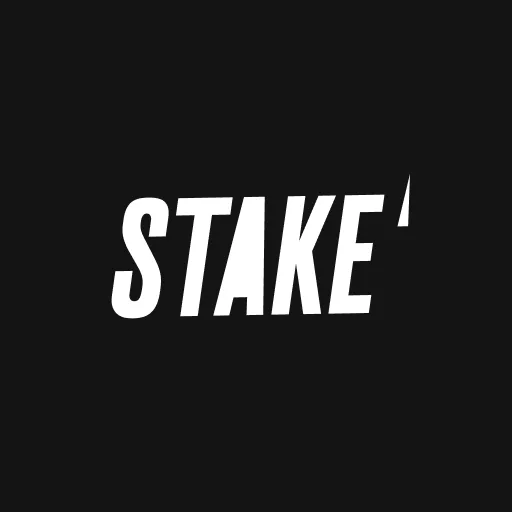
"Investors still have a bias for investing via the local market. However, they are increasingly gaining exposure to the US. The US' leadership on themes including AI contributes to the fact that it continues to attract most of the world's high profile listings."
You're generally taxed the same amount on international shares as you are on Australian shares, however there are a few key differences.
As with Australian shares, when you sell your international shares you'll need to pay capital gains tax (CGT) to the ATO on any profits you've made. This tax rate is the same as your marginal tax rate, unless you've held the stock for 12 months or more. In this case, you're eligible for a 50% CGT discount.
Dividends however are treated a little differently. When Australian stocks pay dividends, they may come with franking credits, which can reduce your tax bill.
International stocks don't offer franking credits, instead a part of your dividend earnings may be taxed by the foreign government before you receive it.
For instance, the US government charges 15% as a withholding tax on dividend earnings to overseas investors. So, if you received US$100 in dividends from your US stock portfolio, that would be reduced to US$85 before you can withdraw it. Then if your marginal tax rate in Australia is higher than 15%, you'll be taxed the difference by the ATO. On the downside, if your marginal rate is lower than 15%, you wont get a refund for the extra tax you've paid.
For these reasons, many Australian dividend investors prefer to buy stocks listed on the Australian Securities Exchange (ASX) rather than on overseas exchanges.
One final consideration is the exchange rate between the foreign currency you're trading in and the AUD. Exchange rate fluctuations can badly impact how much you actually profit. For instance, you might make a profit in USD, only to lose a significant chunk of that when converting it back to AUD.
The Australian share market is made up of businesses listed on either the Australian Securities Exchange (ASX), the National Stock Exchange (NSX) or the Chi-X.
While not every business has to operate in Australia to list here, the majority do. Investors on the ASX trade between 10am and 4pm (Sydney time), Monday to Friday, with Australian investment options overall making up around 2% of the global trade.
Australia's stock market is more heavily weighted towards banking and mining stocks compared to many overseas exchanges.
You can trade shares from global markets around the world 24 hours a day, subject to local market hours. You'll gain access to more options, but you'll also experience new risks and challenges.
International stock exchanges include the London Stock Exchange (LSE), the NYSE, Nasdaq and many others.
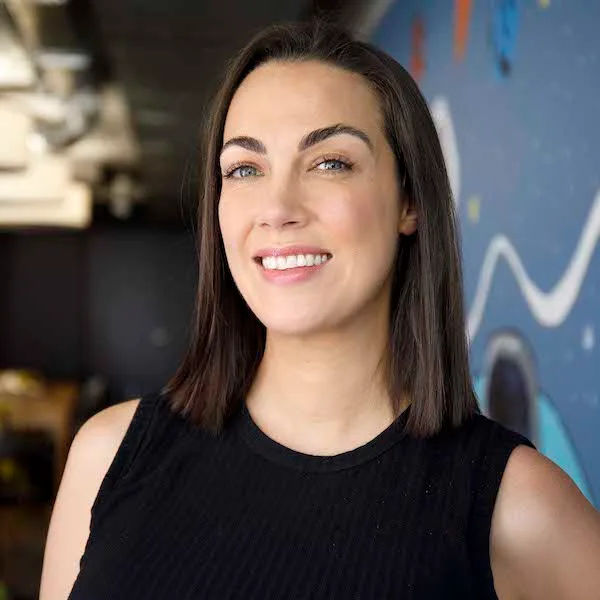
Look for lower exchange rates, research tools that allow you to make more reliable investments and flat broker fees rather than percentage rates. Where applicable, it may be worth accepting higher flat fees in exchange for lower percentage rates. Avoid low maximum limits that might constrain your trading.
Making a lot of small trades? You may want to avoid flat fees that take a big chunk out of the potential profits of each trade and stick to percentage rates that will cost you less. Low maximums are less of an issue, but high minimums might be a problem.
How will you diversify your portfolio? Not all accounts will give you the same options. Plan what kind of trades you want to make and consider whether a given account will let you trade CFDs, whether you can trade ETFs and if you are able to do forex trading through the same platform."
We used Finder's proprietary algorithm to find the 10 best stocks under $10 on the ASX.
We used Finder's proprietary algorithm to find Australian-listed companies that have strong fundamentals and have a share price under $5.
Best performers included African Gold, Leeuwin Metals and European Metals Holdings.
Revolut now offers US stocks and crypto trades to Australian customers. Here are the pros and cons.
Top gainers included Gold Road Resources, Black Cat Syndicate and Ramelius Resources.
Giving shares to a loved one is a great idea, but how do you actually do it?
Franking credits get a lot of attention but how do they impact shareholders during tax time and why do they exist?
Whether you want an online broker or a full-service broker, this guide explains everything you need to know in order to find one to help you buy and sell shares.
CMC Invest account features brokerage from as low as $9.90 and a host of research and market data options.
Access global markets and trade international shares, CFDs and more with an international share trading account.